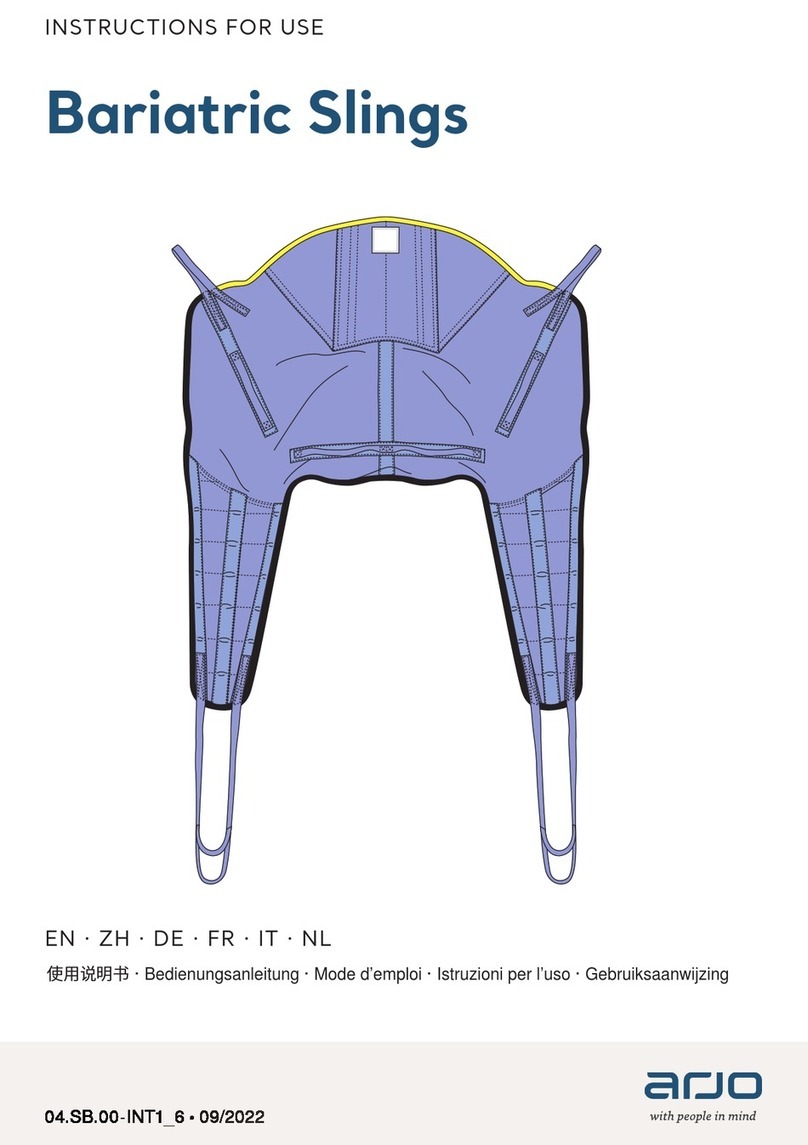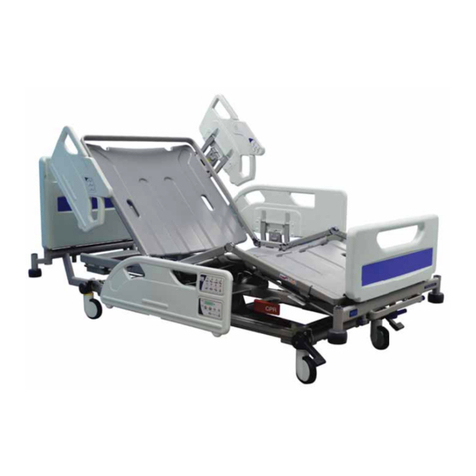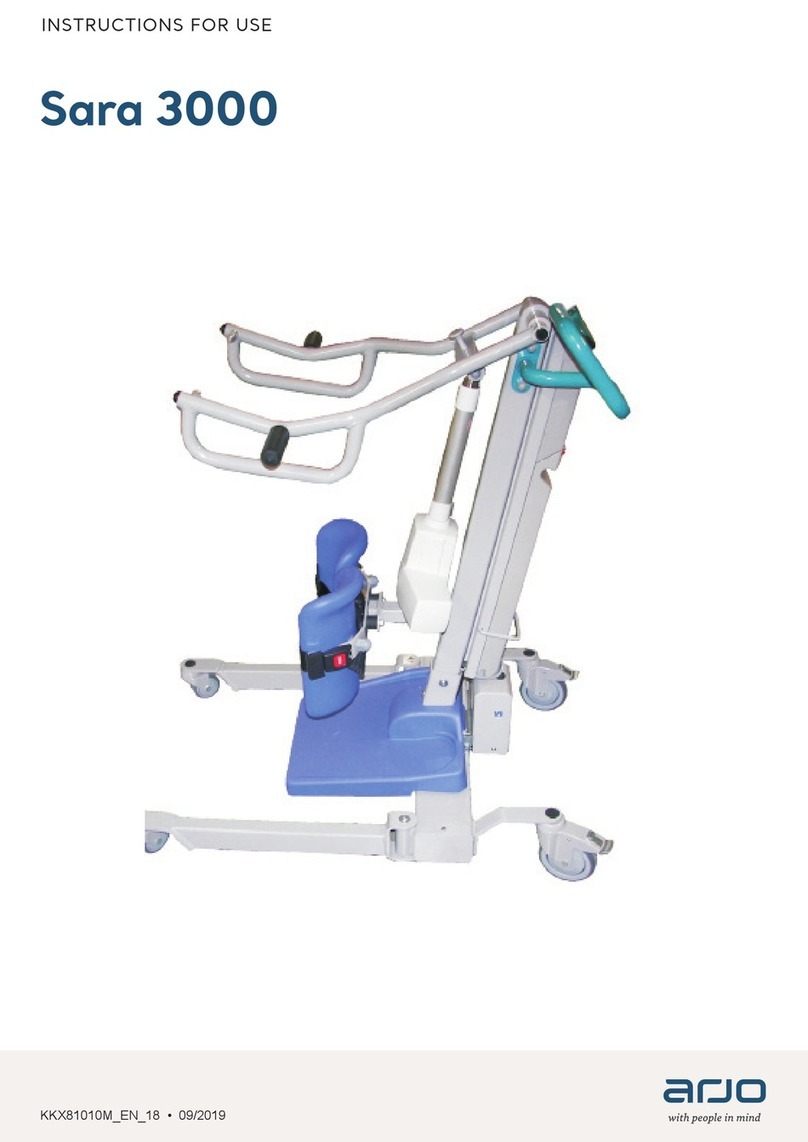Arjo Lifeguard LG20 User manual




















This manual suits for next models
1
Table of contents
Other Arjo Medical Equipment manuals
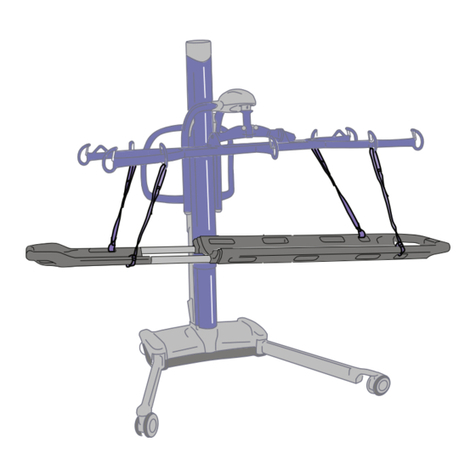
Arjo
Arjo Dual-Loop Attachment Straps User manual

Arjo
Arjo First Spet Select User manual
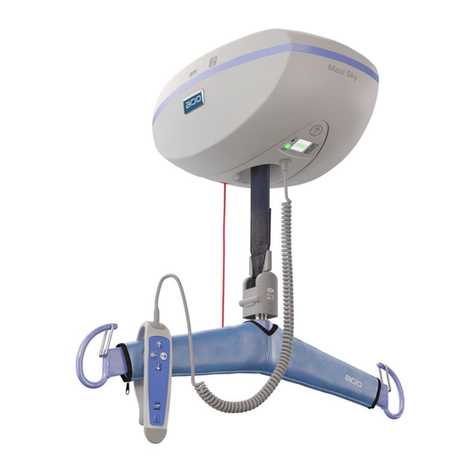
Arjo
Arjo Maxi Sky 2 User manual
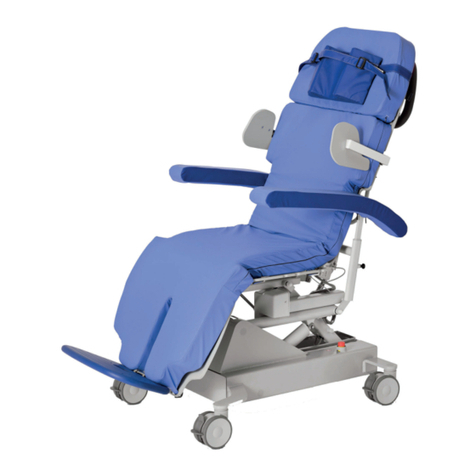
Arjo
Arjo Sara Combilizer User manual

Arjo
Arjo SARA Combilizer User manual
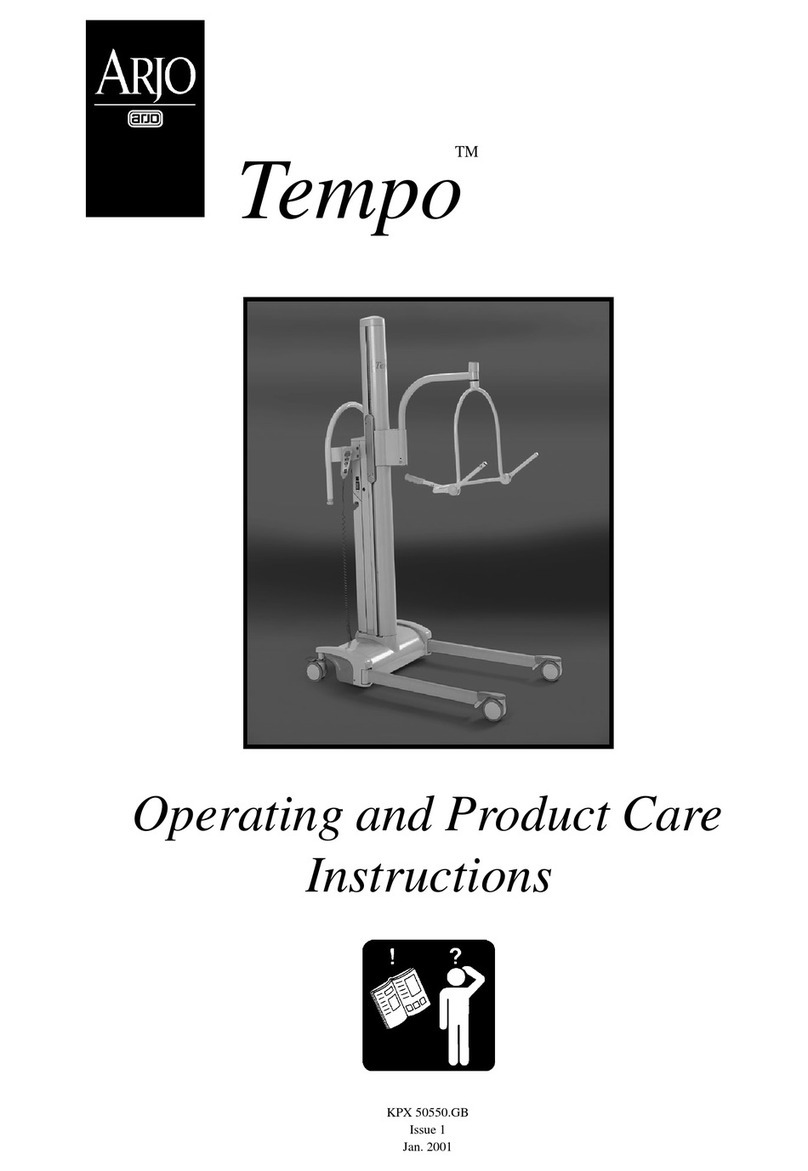
Arjo
Arjo Tempo Installation guide

Arjo
Arjo Evenda EV-ACC05 User manual
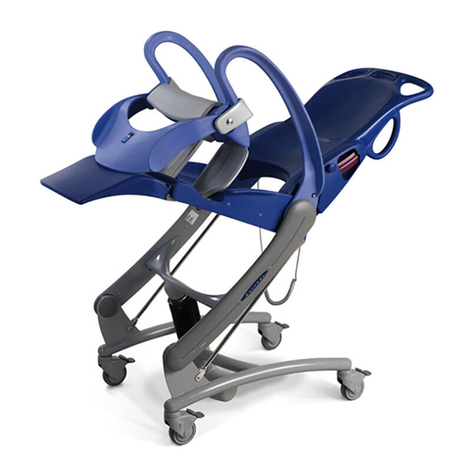
Arjo
Arjo CARENDO Operating instructions

Arjo
Arjo Maxi Sky 2 User manual
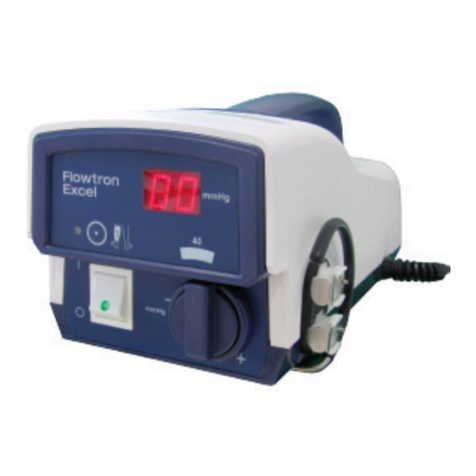
Arjo
Arjo Flowtron Excel User manual

Arjo
Arjo HUNTLEIGH Hydroven 1 User manual
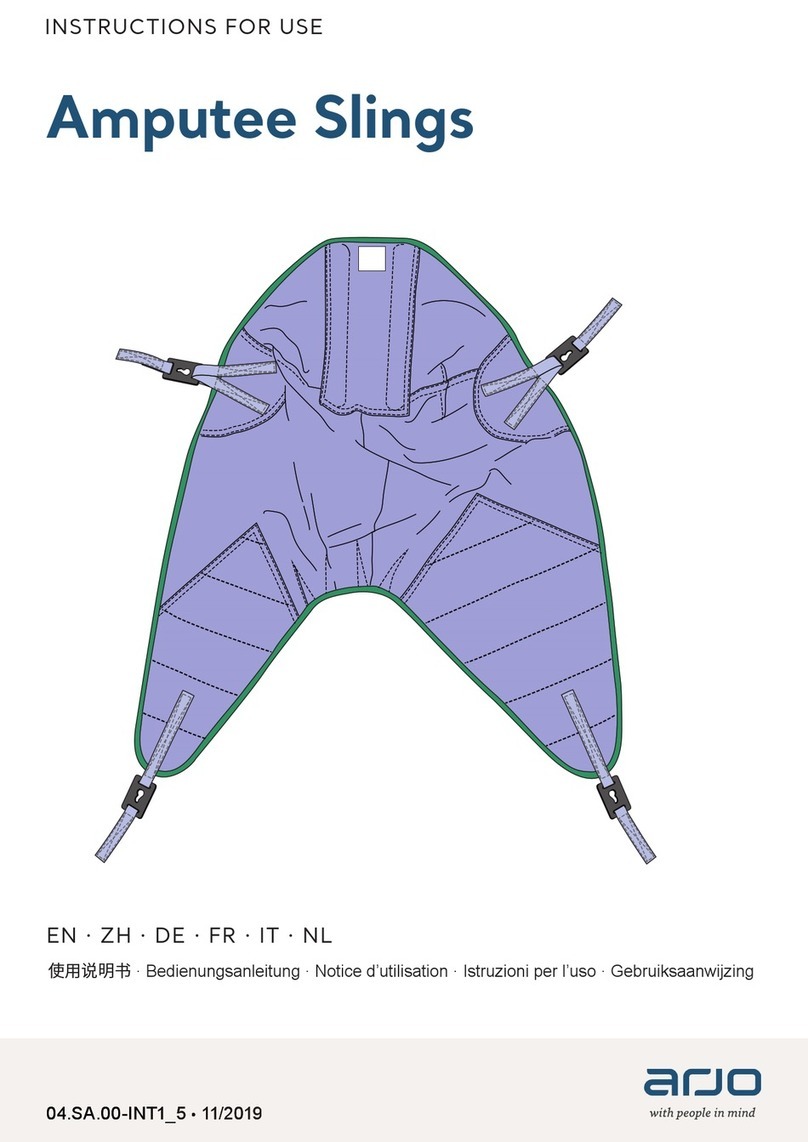
Arjo
Arjo MAA2080M User manual
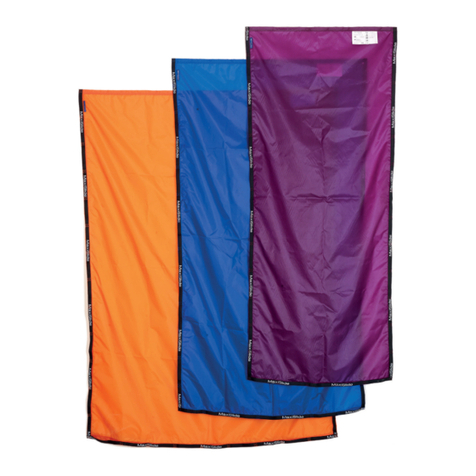
Arjo
Arjo MaxiSlide User manual
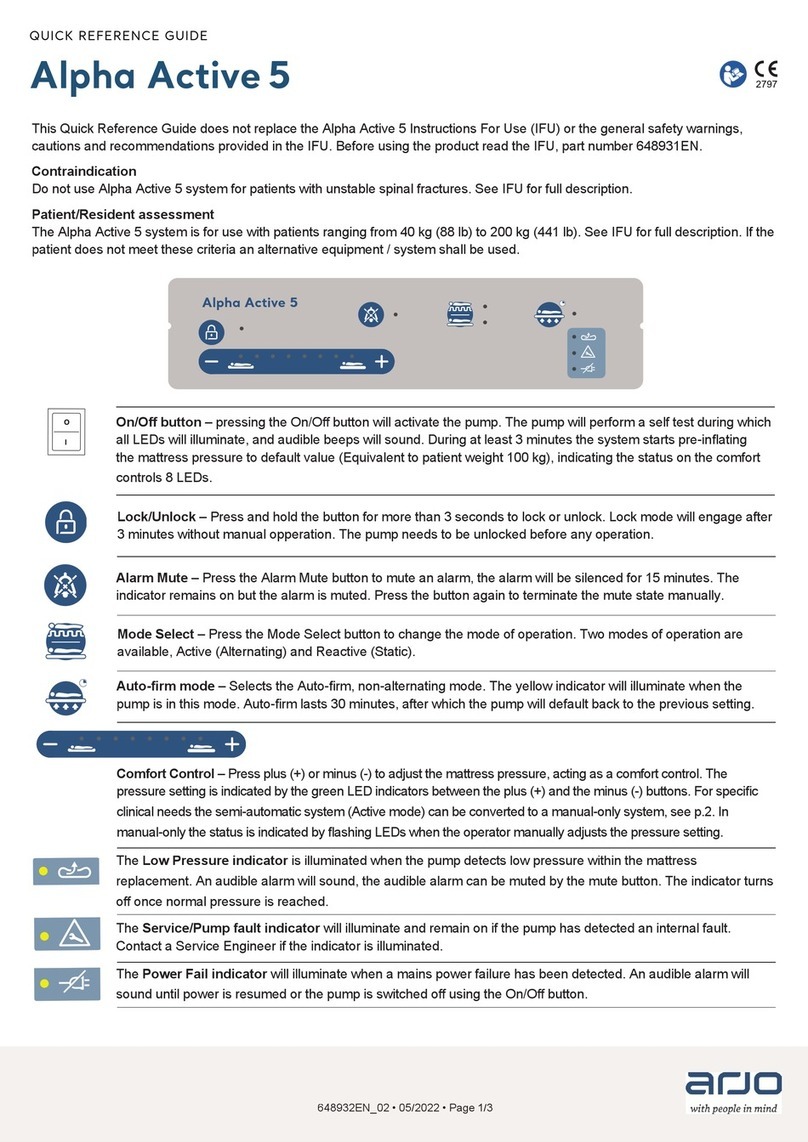
Arjo
Arjo Alpha Active 5 User manual
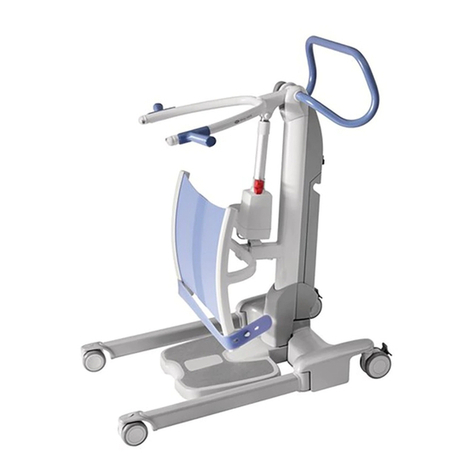
Arjo
Arjo Sara Flex User manual

Arjo
Arjo Sara 3000 Installation guide
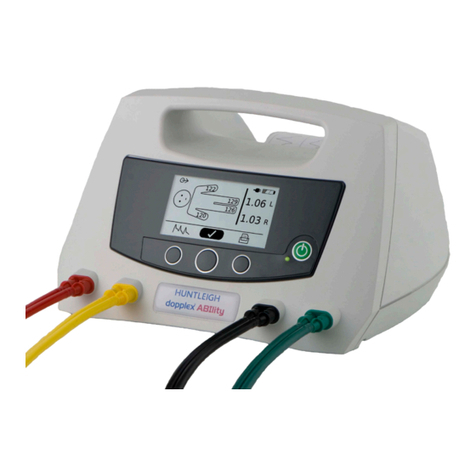
Arjo
Arjo Huntleigh Dopplex Ability User manual
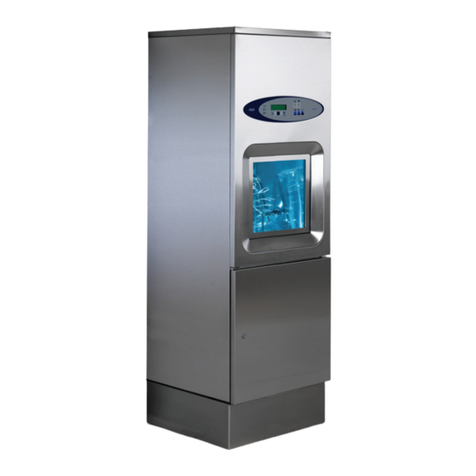
Arjo
Arjo Typhoon User manual
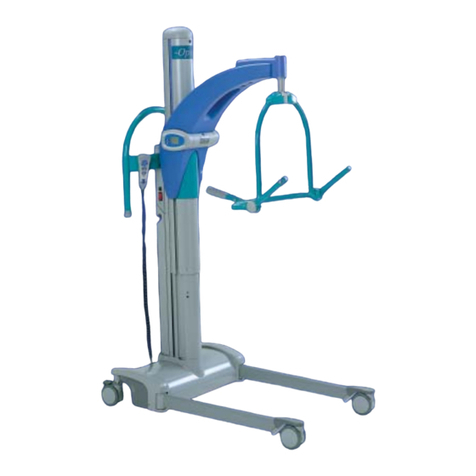
Arjo
Arjo Opera Installation guide
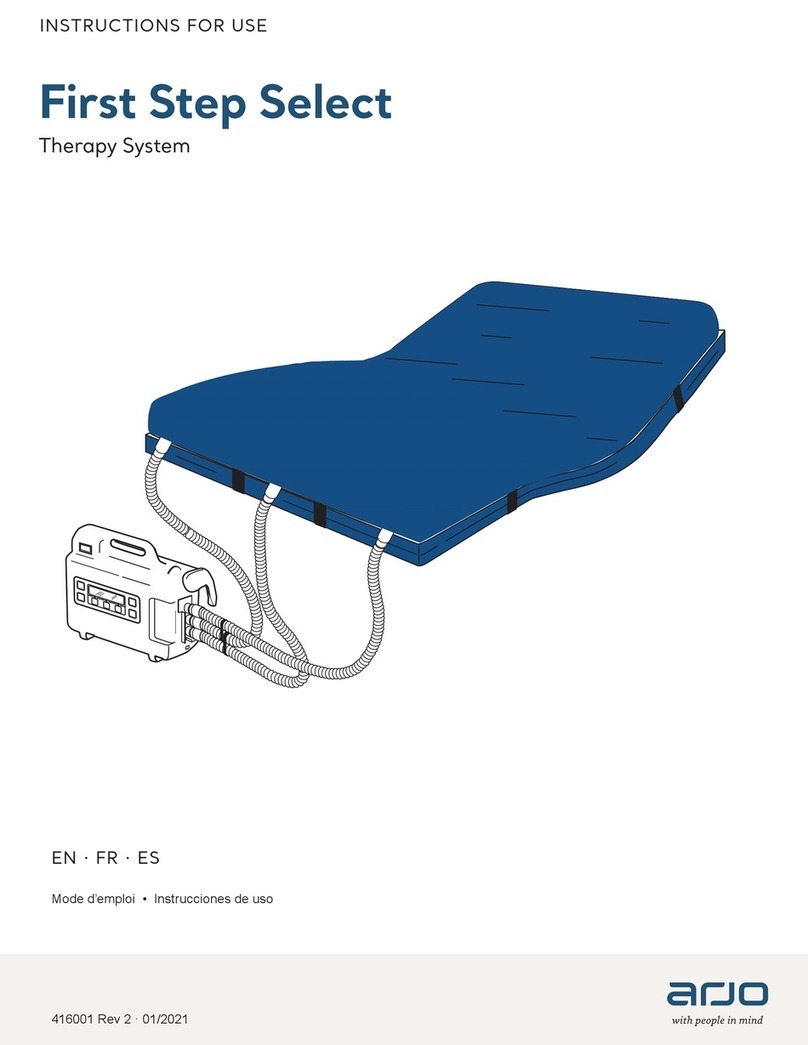
Arjo
Arjo FIRST STEP User manual
Popular Medical Equipment manuals by other brands

Getinge
Getinge Arjohuntleigh Nimbus 3 Professional Instructions for use

Mettler Electronics
Mettler Electronics Sonicator 730 Maintenance manual

Pressalit Care
Pressalit Care R1100 Mounting instruction

Denas MS
Denas MS DENAS-T operating manual

bort medical
bort medical ActiveColor quick guide

AccuVein
AccuVein AV400 user manual

